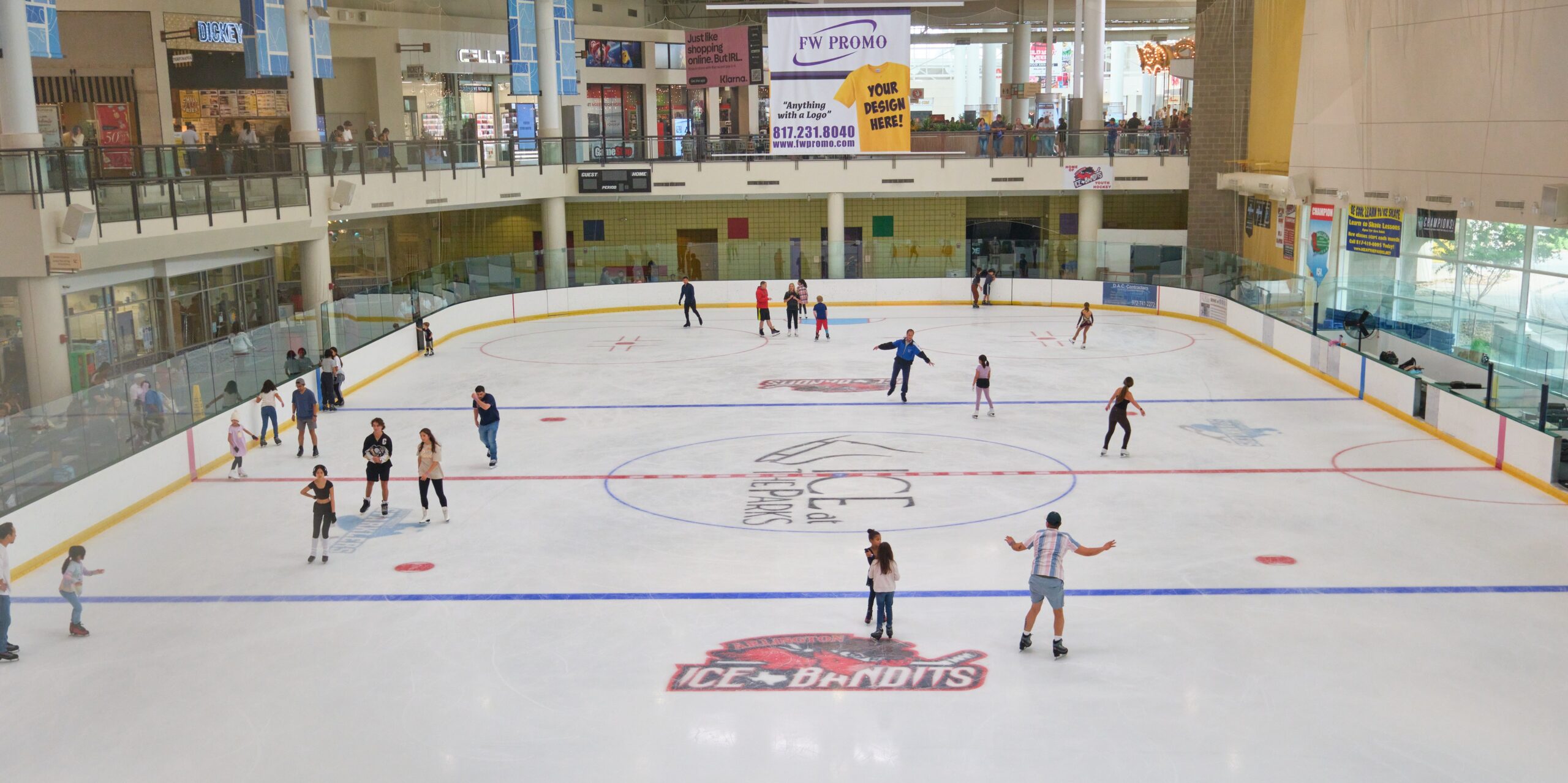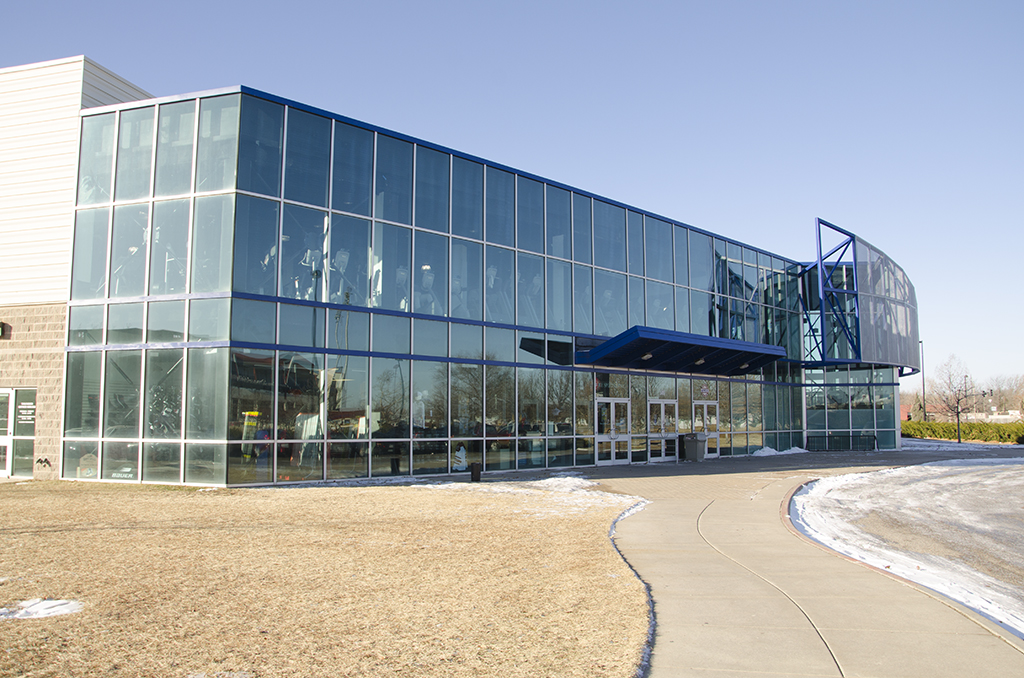As we skate into 2025, ice venues are undergoing a remarkable transformation. From cutting-edge technology to sustainable design, the future of ice rinks and youth hockey/figure skating venues is shaping up to be more innovative and exciting than ever before.
Smart Ice Technology
The integration of smart technology is revolutionizing ice management. Rinks are now equipped with sensors embedded in the ice panels, providing real-time data on skating conditions and performance. This innovation allows for optimal ice maintenance, ensuring the best possible skating experience while reducing operational costs. Venue managers can now fine-tune ice quality with unprecedented precision, adapting to different events and weather conditions with ease.
Sustainable Design
Environmental consciousness is driving the design of modern ice venues. Facilities are incorporating electrochromic glass, which acts as smart windows that automatically adjust to control sunlight and heat, significantly reducing energy consumption. According to Ice-World, the average rink uses close to 520 kWh of electricity. Energy-efficient heating systems are being implemented, providing targeted heating for spectators and improving comfort while maintaining ideal ice conditions. Some venues are even experimenting with synthetic ice, an eco-friendly alternative that drastically reduces water consumption and energy usage, making ice sports more accessible in warmer climates.
Multifunctional Spaces
Ice venues are no longer just for skating. The trend is towards versatile facilities that can host a variety of events. Retractable ice sheets are becoming more common, allowing venues to quickly transform for non-ice events such as concerts or exhibitions. Many new ice venues are designed as community hubs, incorporating spaces for fitness, education, and social gatherings. This shift towards year-round accessibility encourages use beyond the traditional winter season, making these venues vital centers of community activity. One of the best examples of this can be found at PSM Icehouse in Fort Wayne, IN. When not providing the platform for a variety of ice sports, the venue hosts birthday parties.
Enhanced Spectator Experience
Venues are focusing on creating immersive experiences for fans. Innovative designs like glass pavilions that merge indoor and outdoor spaces offer 360-degree viewing, bringing spectators closer to the action than ever before. Interactive technology, such as touch-screen scoreboards and projected games on the ice surface, is enhancing engagement during events. Premium seating options, including elevated mezzanines and club levels, are being introduced to provide optimal viewing and comfort for discerning fans.
Inclusive Design
Ice venues are becoming more accessible to all. Adaptive equipment, including ramps and specialized gear for skaters with disabilities, is being integrated into venue designs. The development of portable rinks is bringing skating experiences to remote communities, democratizing access to ice sports. These initiatives are opening up new opportunities for participation and enjoyment of ice activities to a broader range of individuals.
High-Tech Training Facilities
Youth hockey and figure skating programs are benefiting from advanced training tools. Virtual reality training enhances skill development through immersive simulations, allowing athletes to practice complex maneuvers in a safe, controlled environment. Analytics integration is becoming standard, using data to refine techniques and strategies. State-of-the-art fitness areas are being incorporated into ice venues, complementing on-ice training with specialized off-ice workouts tailored to the unique demands of ice sports.
The ice venue of 2025 is a far cry from the traditional rink. These innovations are not only enhancing the experience for athletes and spectators but also making ice sports more sustainable, accessible, and engaging for a wider audience. As these trends continue to evolve, we can expect ice venues to play an increasingly important role in community recreation and professional sports alike. The future of ice venues is bright, promising exciting developments that will keep us all coming back to the rink for years to come.



